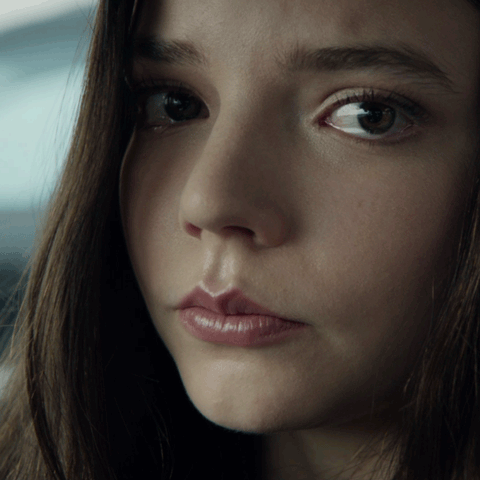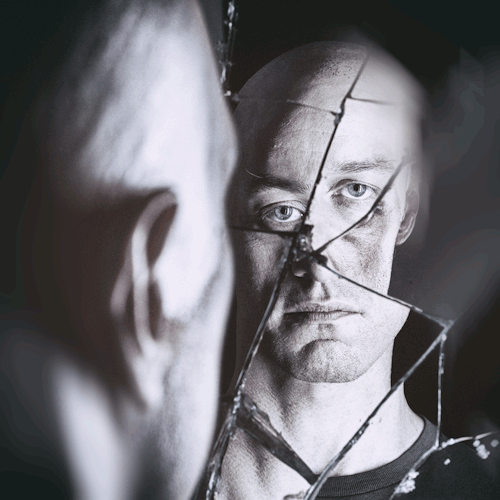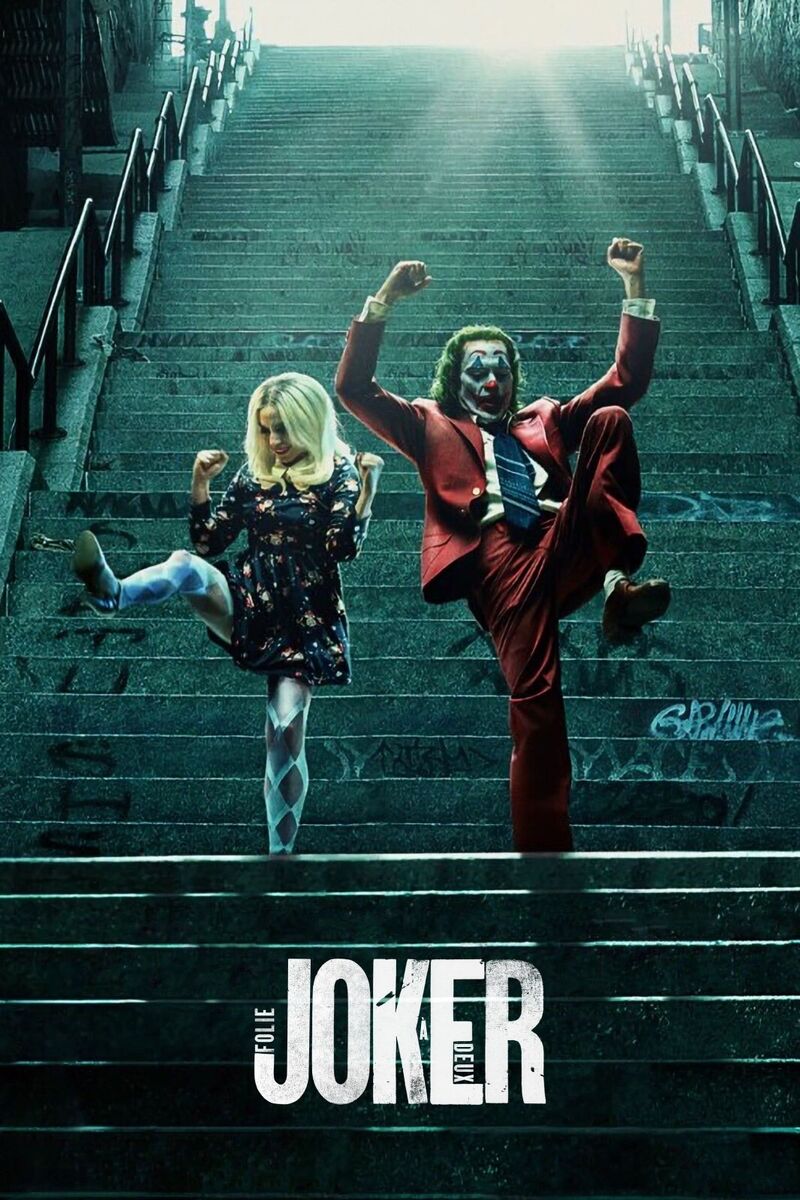As the lights dimmed and the white block font of the beginning credits rolled, I felt a rushed anticipation in the theater. There was an electric buzz in the air as people sat waiting to see M. Night Shyamalan’s newest project, “Split.”
I wanted to see if the film held up to the promise of the thrill-inducing trailers and of Shyamalan’s reputation of beautifully-crafted horror, usually including a mind-blowing plot twist, perhaps most famous in films such as “Devil,” “The Sixth Sense” and most recently “The Visit”.

However, the movie didn’t live up the the expectations set by its aggressive advertisement campaign or Shyamalan’s reputation. Though it involved well-crafted character development), the movie suffered from a predictable plot and seemed to take a slow decline as it wore on for two hours.
The main idea of “Split” is what drew me to the film in the first place. Shyamalan delves into the world of mental illness by constructing a story around Kevin, a man with Dissociative Identity Disorder (DID), giving him the ability to act as different people in the same body. Twenty-three different personalities inhibit Kevin, who can change his body chemistry to fit each personality. For example, he develops diabetic traits when he inhibits a personality with diabetes. Some of these identities include a controlling man named Dennis, a fashion designer named Barry, a control-freak named Patricia and a nine-year-old named Hedwig. They each take turns inhibiting Kevin’s body by grabbing “the light,” a figurative way of describing how each identity can take control of Kevin’s body at different times.
The story begins when Kevin kidnaps three girls from a birthday party while being in the persona of Dennis.
Here’s where the predictability comes into play; the plot was on a cliché track from the beginning. One of the girls named Casey (Anya-Taylor Joy), who is presented as the protagonist, is seen as a social outcast who gets detention frequently and was invited to the party out of pity. The other two girls, played by Haley Lu Richardson and Jessica Sula, are a pair of privileged best friends who exemplify the stereotypical, one-dimensional horror movie characters.

Though the plot was unsurprising, the way the main characters were written added some intriguing aspects to the movie. Although the characters of the two best friends were shallow and underdeveloped, Casey and Kevin were refined and interesting. James McAvoy, who played Kevin, did a wonderful job captivating the audience as he changed from one identity to the other as smoothly as possible. I was fascinated every time he switched from one identity to another with no choppiness. His acting gave me a sense of anxiety, as I was unaware of who he would become next. Casey’s character, though simple at first, became layered as familial issues from her past surfaced, making the movie more interesting.
On the other hand, the plot was boringly predictable, and the movie just wasn’t quite scary enough, at least by Shyamalan’s standards. Everything that was startling had already been revealed by the trailers. As intensity rose, I felt no sense of urgency because I already knew when the surprises would occur. I did feel a slight rising sense of anxiety throughout the film, but no “jump out of my seat” kind of horror.
I also found that the film switched from the more realistic horror genre, which I find to be more frightening, to a supernatural-type horror. At the end of the movie, all sense of reality had dissipated as the villain turned from a mentally-ill man into a beast with animal-like abilities. The switch from realistic to supernatural was abrupt, making it less possible for me to become immersed in the plot. Instead of being engrossed in the film, I became skeptical and hyper-aware of how fake the events felt.
Overall, the film was disappointing given Shyamalan’s reputation. Although it contained some interesting ideas, the plot could have been more engaging.






